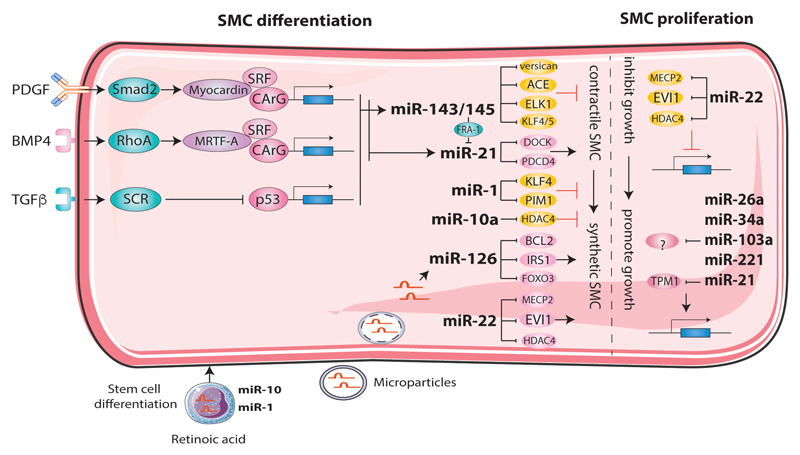Figure 2. The role of miRNAs in proliferation and differentiation of smooth muscle cell (SMC) in atherosclerosis.
During mechanical, metabolic and inflammation stress, upregulated miR-22 inhibits SMC proliferation and carries SMC transformation from a contractile to synthetic nature. The upregulated miR-21 inhibits tropomyosin 1 (TPM1) expression, which can increase SMC proliferation. During atherosclerosis, microRNAs are induced in SMC and further participate in regulating SMC differentiation either from a contractile to synthetic or vice versa, therefore modulate the progression of disease. miR-143/145, miR-1 and miR-10a are able to halt the diffentiation to synthetic phenotype by suppressing various genes as indicated in the figure. While, miR-126, miR-21 and miR-22 could facilitate the transition and promote atherosclerosis. The increase of miR-126 could also be as a result of microparticle mediated transmission from neighbouring EC. MiR-1 and miR-10 were increased during embryonic stem cells to SMC differentiation.

